When writing evolved in the human world, communications came into existence. Postal services long existed in China since 4000 BC. Millennium later, Egypt and Assyria had their postal services.
The Chinese and Egyptian services were confined to imperial court circles, but in Assyria the service was open to the mercantile class.
These ancient services are well documented in existing records of events. Actual examples of letters during the ancient Egyptian still exist nowadays (2009). This letter is in form of clay tablets bearing messages written in cuneiform (wedge-shaped) script.
In 1925, vast hoarding of cuneiform tablets was discovered in Kultepe Turkey. The clay tablets were dated as far back as 2000 BC.
Ancient and Medieval service
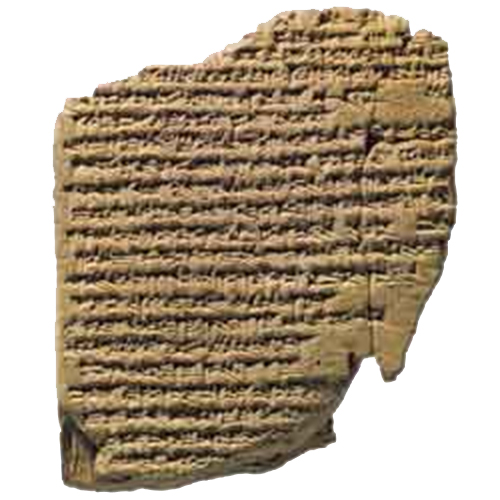
Historical references to postal systems in Egypt dated from about 2000 BC. The Persian Empire under Cyrus the Great 529 BC made a regular postal system of mounted relay messengers.
The two Greek historians, Herodotus and Xenophon, wrote the detailed descriptions about the postal network. The riders would stop at post houses to get a fresh horse or to pass on their packets and dispatches to another messenger for the remaining distance.
By this time, in China, a post house service had been started early during Chou Dynasty (ruled 1122-221 BC). At that time, Chinese had highly sophisticated post relays. It was used mostly to convey official documents.
The far-reaching system contained relays of messengers who changed their horses every 9 miles (14.5 kilometers) apart. The postal system was enlarged under the Han Empire (202 BC-AD 220), when Chinese came in contact with the Romans and their postal system.
By 2nd century, it was the Chinese that first used the paper as a writing material. In 13th century, Marco Polo described the imperial service having over 25,000 relay stations.
The Roman Empire built the most advanced postal delivery system known until the time that of China’s service. The Roman Empire area covers the whole Mediterranean. During that time reliable communication from Rome to governors and military officials in some remote provinces was a necessity.
Rome needs the development of “cursus publicus” meaning public course. It is a state sponsored series of post roads with interval relay stations. By the use of public course riders could travel as fast as 170 miles (270 kilometers) in a 24-hour period.
Romans wrote their letters on wax tablets and on thin sheets of woods. Egyptians preferred to use papyrus. Europe used the medium parchment but it ended in the 15th century when China introduced paper via Asia Minor and Byzantine Empire. Byzantine Empire is widely known as Eastern Empire.
The Western Roman Empire collapsed 476 BC, but the postal system was not destroyed immediately. Vestiges continue to exist until 9th century before it became fragmented and fell into disuse.
On the other hand, the Eastern Empire lasted longer because it was eventually absorbed into the Islamic Kingdom based in Baghdad.
In the middle ages, there were postal services in Europe but none of them are in general use. Postal services in the middle age were exclusively used for trade guilds (such as the Metzger Post of Germany served the guild of butchers), merchants of the Hanseatic League, Venice and the Italian city states, universities, and religious houses.
Reemergence of Postal System
During the Renaissance period, the growth of international commerce resulted to in need of business correspondence. Corporations and guilds set up their own messengers. The most extensive and dependable postal services were the great merchant and banking houses of Italian city states.
By the 13th century, connections were maintained between commercial centers of these Italian countries like Florence, Genoa, and Siena and several communities in northern France. They held annual fairs. These fairs attracted most merchants from all parts of Europe.
The postal service to France provided a major international link for commerce and news. There was also a postal link between the Muslim capital, Venice and Constantinople. Russia also shared the postal communications at that time.
The latter part of middle age private postal system was created and carried personal mail as well as commercial correspondence.
In the late 15th century, innovation changed European postal services. The invention of printing press increased the amount of mail and made the transport of letter a profitable enterprise. Private postal services emerged to carry mail to all parts of Europe.
On the same century, the best-known and most efficient postal service operated by the Counts of Thurn and Taxis. A family, whose Italian name was Tassis, operated the first courier services in the city-states from about 1290.
Franz von Taxis served as postmaster to the Holy Roman emperor Maximilian I from 1489 and to Philip I of Spain from 1504. Von Taxis secured the right to carry both government and private mail throughout the empire.
The Thurn and Taxis monopoly operated a network of postal routes in Spain, Germany, Austria, Italy, Hungary, and the Low Countries from 1512 to 1867. 20,000 messengers were employed to deliver mail and newspapers.
The service survived in the era of adhesive stamps and was issued in various states of Germany until 1867. On the same year the family was forced to give up its postal monopoly to Prussia. They received 3 million thalers in compensation.
The family business lasted for over 420 years and the last hereditary Grand Master of the Posts died in 1871. National postal services had emerged from Europe and the need to postal services was passing. Governments start to insist on controlling mail services.
French postal services history
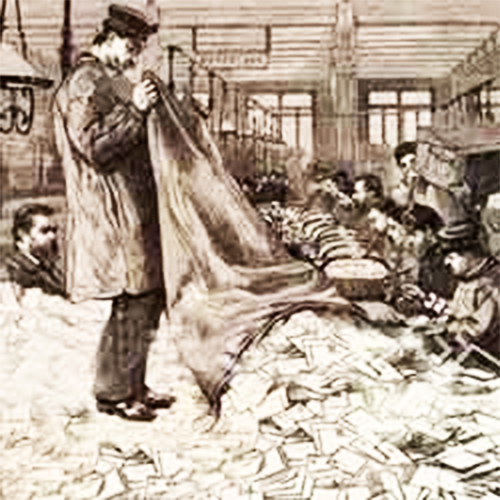
On the other hand, in France, Louis Xl had set up the Royal Postal Service in 1477. While in 1516, Henry Vlll of England appointed a post master to maintain the regular postal service along the roads leading out of London. Neither of these systems was intended to serve the public.
Carrying private mail was not legalized in France until 1627 and in Britain until 1635. Private mail delivery operations served the government for a while. But in 1672, France declared all postal services to be a state of monopoly. Private services were eventually depleted of business.
However, private carriers did not give up. Some of them find a way to stay in the line of postal services. They introduced a new public service by collecting and delivering mails within the city. In 1680, William Dockwra opened a Penny Post in London.
Two years later, after a successful state monopoly his enterprise was shut down. He then reopened a government agency. It was nearly a 100 years before Paris started a similar city service and it was rapidly taken over by the government.
In 18th century, the economic growth of Britain spurred a demand for better mail services. In the beginning of 1765 new roads were built. In 1784 stage coaches began carrying mail between the cities and towns. London and Bath was the first route. Mounted post boys rode the main routes. But this was a slow process and the post boys were an easy target for robbers, but the system remained unchanged for 150 years.
The start of Modern Postal Service
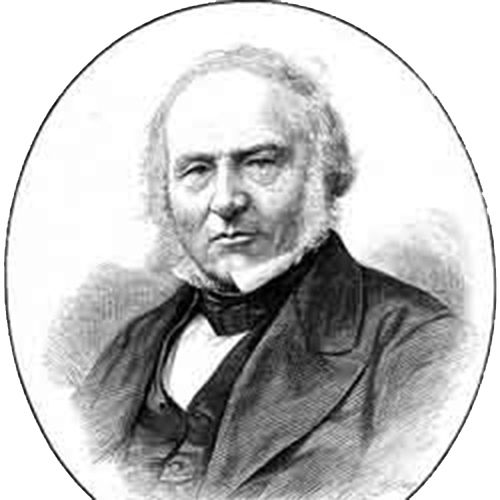
Between 1775 and 1815, Britain was at constant war with United States and France. The postage rates were increased to finance the war. The rates remained for 25 years after the defeat of Napoleon in 1815.
Rowland Hill formulated proposals on reforming the postal system between 1835 and 1837. His pamphlet, “Post Office Reform: Its Importance and Practicability,” is now regarded as a milestone in the development of the modern postal system.
He proved that carrying charges were insignificant factors in the total cost of handling mail. He also proved that complex series of rates based on distance were needless. Sir Rowland Hill noted that the collection of payment for mail delivery could be avoided.
He made a solution to postal problems by imposing a uniform postage rate regardless the distance. He also suggested the use of prepayment through adhesive stamps and will be sold at post offices. He proposed that payments will be based on weight and suggested a penny for each half-ounce.
Early American posts
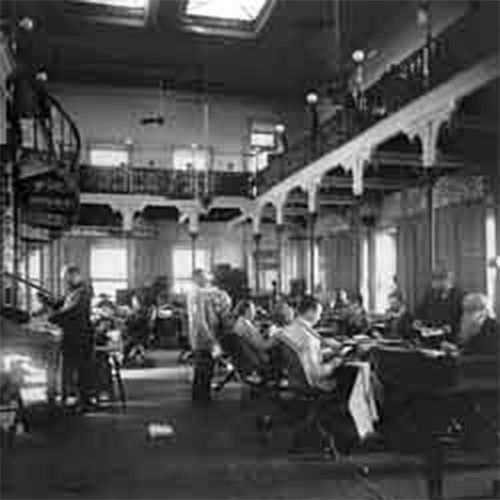
Way back November 1639, the first postal service was established in America. Richard Fairbanks of the Boston became Postmaster of Massachusetts’s Bay Colony. The first US postal service was organized in different countries at different years like Virginia (1657), New York (1672), Connecticut (1674), Philadelphia (1683), and New Hampshire (1683).
In 1691, the British postal service in London was organized under Thomas Neale, the Deputy Postmaster General. He was assigned in handling all the mails arriving from abroad and destined to various British settlements in North America.
Internal postal services extend from capital city, but in 1693 cross posts provided a more direct route.
Duncan Campbell of Boston organized the first domestic service in 1693. Several routes were amalgamated like from Philadelphia to Newport, Virginia (1737) or New York (1742), Boston to Albany, Baltimore to Annapolis, and Philadelphia to Pittsburgh. It was also in 1792 that the first regular exchange of mails between United States of America and neighboring Canada happened.
Postage stamp design
Stamps are issued in various shapes. Aside from stamps that are made in rectangular shapes there are postal stamps made in circular, triangular, and pentagonal.
Some stamps are issued in the shapes of fruit by Sierra Leone and Tonga. Bhutan issued one with its national anthem on a playable record. Stamps are made in a three-dimensional image or design of foil, sometimes gold.Switzerland made a stamp partly of lace and wood.
Several countries issued commemorative stamps to honor or commemorate a person, place, or event. Commemorative stamps are issued along with definitive stamps. A definitive stamp is a postage stamp that is issued regularly in a particular country. Special event stamps are available only for a limited time.
Moreover, United States made a plastic stamp. Other stamps are made of synthetic chemicals, silver foil, and paper. Paper stamps have been produced in a variety of techniques such as lithography, line engraving, photogravure, intaglio and web offset printing.
Transport of Mails
Mails in the Roman Empire were carried by public course using light carts that drive through concrete roads. Post master originally meant horse-hirer.
In 1830 mail by rail began to replace horses and coaches. Steamships were used and made the transport of mails faster.
Although the modes of transport made it easier but the national postal service underwent revolutionary change. The cost of sending and receiving of letters remained high.


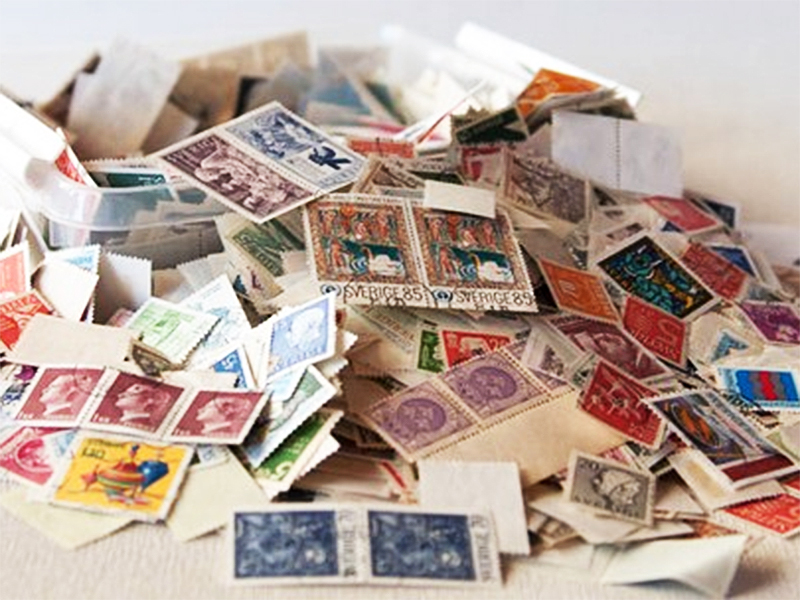
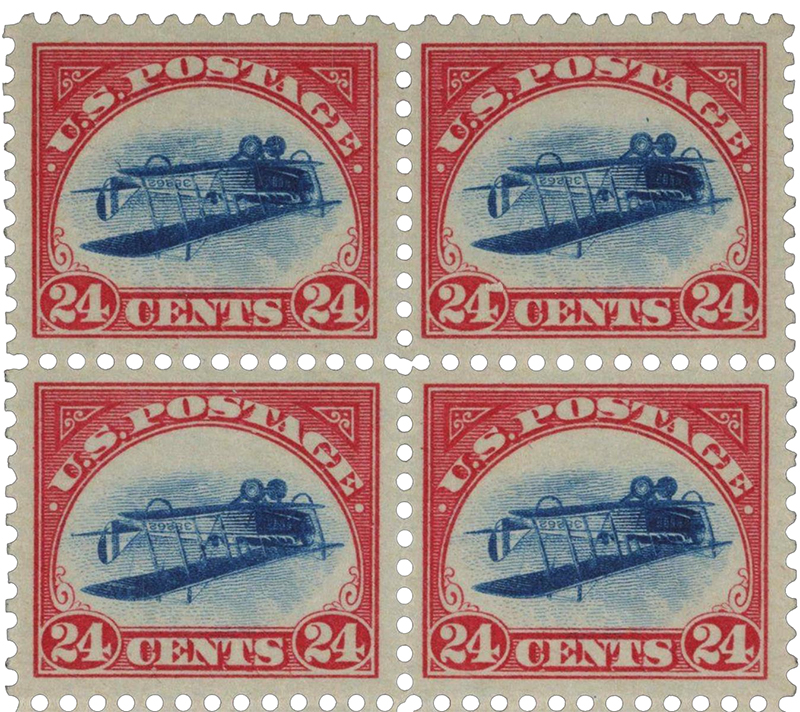
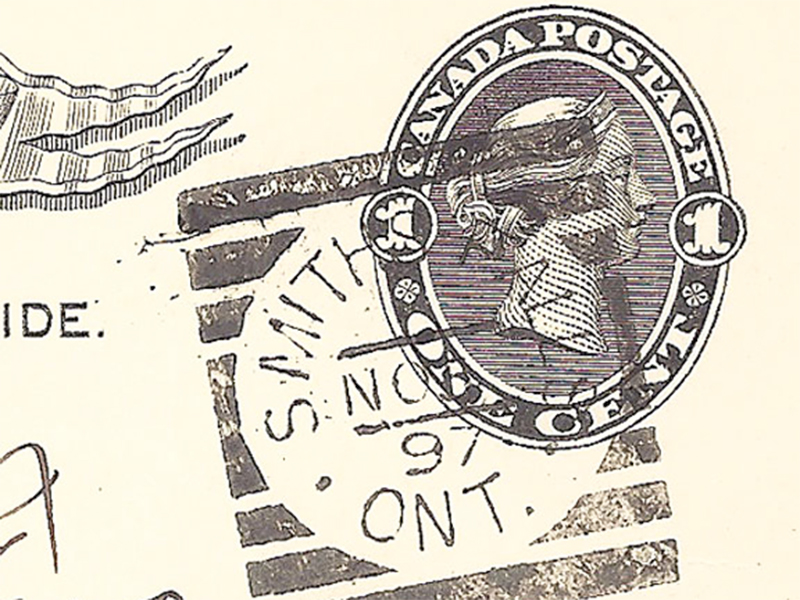
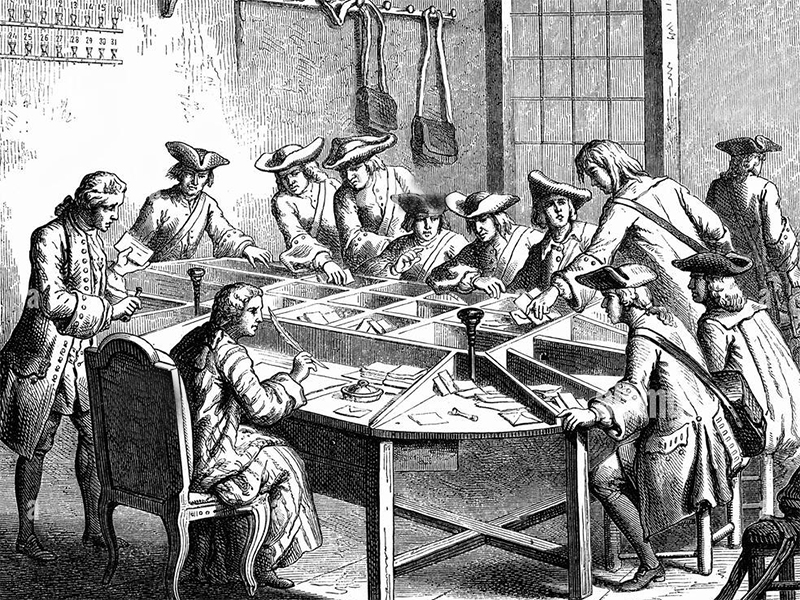




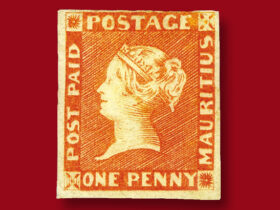
Leave a Reply